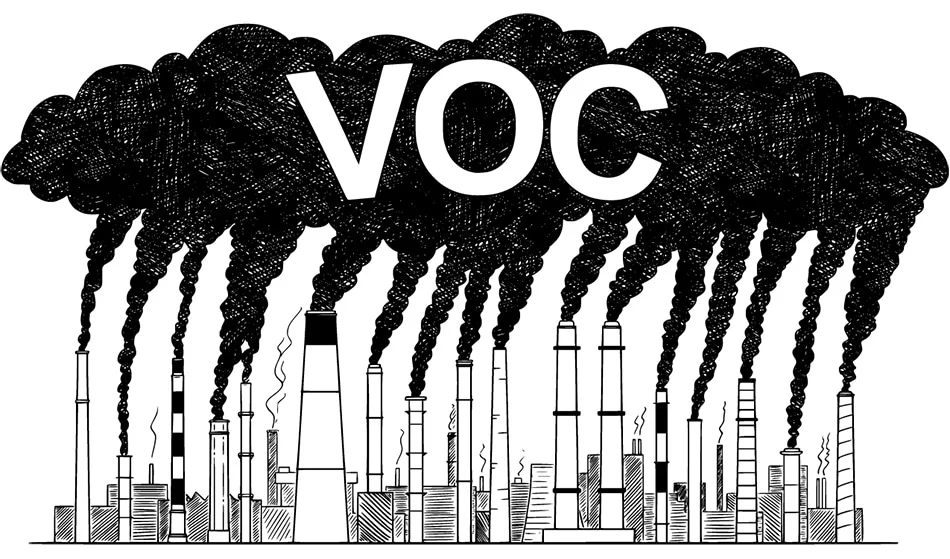Messi Biology states that as the world strives to achieve “dual carbon” goals and as VOCs (volatile organic compounds) in industrial exhaust continue to threaten air quality, a seemingly ordinary white powder—magnesium oxide—is making a significant impact on the dual environmental fronts of carbon capture and waste gas treatment through its unique chemical properties. It can efficiently absorb carbon dioxide like a “sponge,” creating a closed loop of “carbon capture-to-resource utilization,” and also act as a catalyst carrier, achieving over 99% conversion of toxic VOCs. The magnesium oxide products from Hebei Messi Biology Co., Ltd., with their ultimate quality control, maximize this environmental power.

The towering chimneys of thermal power plants and steel mills were once major sources of carbon dioxide emissions. Traditional carbon capture technologies are either too costly or the captured carbon dioxide is difficult to store and utilize, leading to a “capture for nothing” dilemma. The emergence of magnesium oxide has completely changed this situation—it can “firmly lock” carbon dioxide from the air through a gentle “carbonation reaction.”
This process is like a precise “chemical handshake”: when magnesium oxide powder comes into contact with flue gas containing carbon dioxide, it rapidly reacts to form solid magnesium carbonate. These white magnesium carbonate particles effectively “package and seal” the carbon dioxide. Even more remarkably, this “package” is not a single-use waste product. When magnesium carbonate is calcined in a high-temperature furnace, it decomposes back into magnesium oxide and high-purity carbon dioxide. The magnesium oxide can be recycled back into the carbon capture system, while the carbon dioxide can be processed into dry ice, raw materials for carbonated beverages, or even used as “gas fertilizer” for greenhouse cultivation, forming a perfect “carbon capture-to-resource utilization” closed loop.
Practical data from a coal-fired power plant confirms the technology’s capability: it can capture 1.2 tons of carbon dioxide per hour, reducing carbon emissions by nearly 10,000 tons annually, which is equivalent to the carbon sequestration effect of planting 50,000 trees. The success of this “carbon capture battle” relies on the support of high-quality magnesium oxide—excessive impurities can reduce reaction activity, and uneven particle size can lead to incomplete carbon dioxide absorption, potentially losing effectiveness after several cycles.
The magnesium oxide products from Hebei Messi Biology Co., Ltd. precisely address these pain points. By employing advanced hydrothermal synthesis and multi-stage purification processes, the purity of magnesium oxide is consistently maintained above 99.9%, with impurity levels of alkali metals and heavy metals below 2 ppm, preventing interference with the carbonation reaction from the source. More critically, Messi Biology uses special granulation technology to control the particle size of magnesium oxide within the optimal range of 50-100μm. The particles have a regular spherical structure, and their specific surface area is over 30% higher than that of ordinary magnesium oxide. This means that each magnesium oxide particle can have full contact with carbon dioxide, increasing reaction efficiency by 25%. Furthermore, after 10 “carbonation-calcination” cycles, the activity can still be maintained at over 90% of its initial state, far exceeding the industry average of 75%, which significantly reduces the carbon capture costs for power plants.
